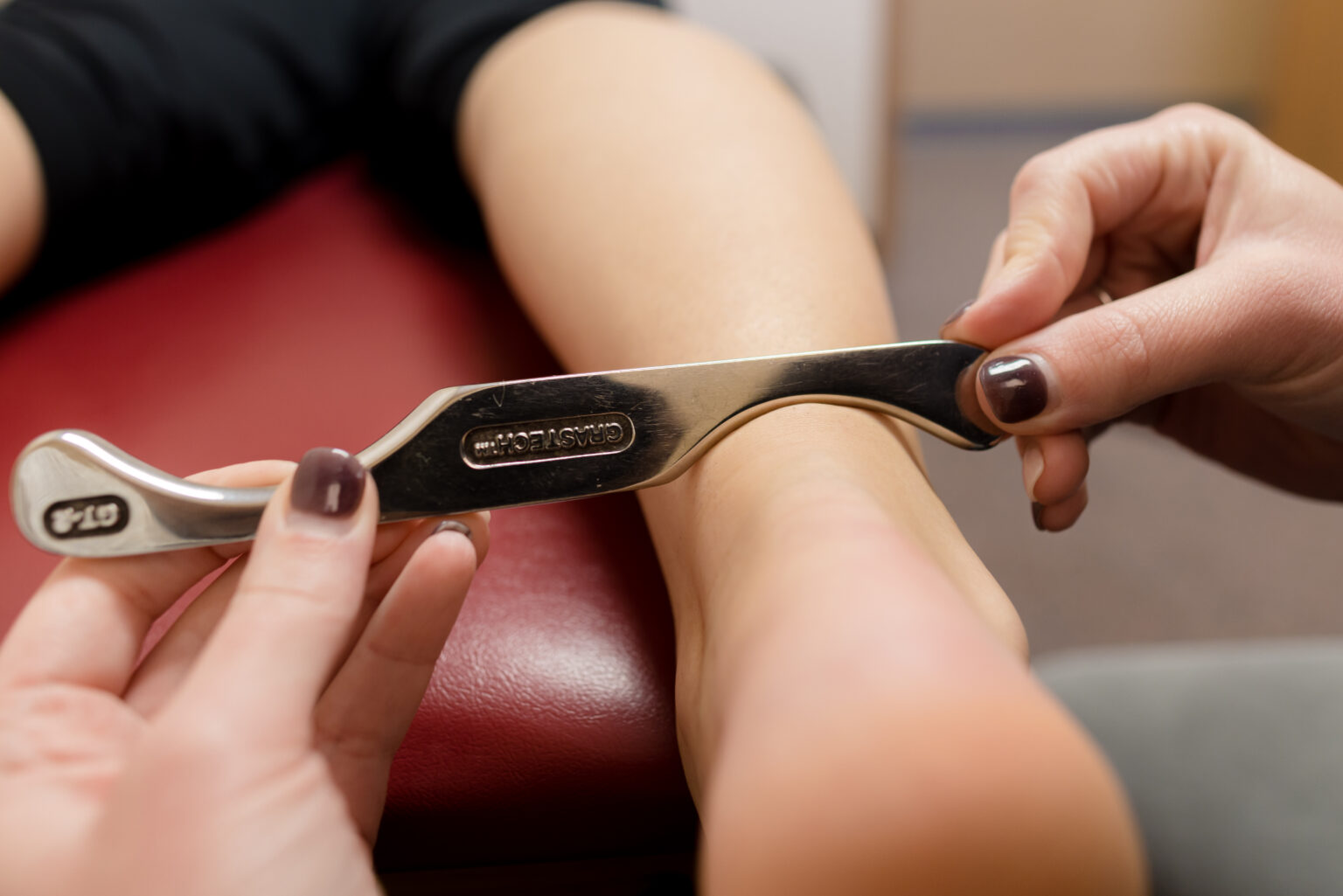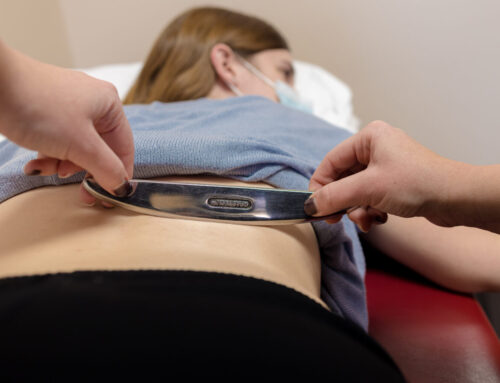Physical therapists use a variety of techniques to help their patients recover from injuries or manage chronic conditions. One such technique is the Graston Technique, which involves the use of handheld tools to massage and stretch soft tissue. In this article, we will provide a detailed overview of the Graston Technique, including its origins, benefits, and how it is used in physical therapy.
What is the Graston Technique?
The Graston Technique is a form of manual therapy that uses specially designed stainless steel instruments to massage and stretch soft tissue. The technique was developed in the early 1990s by David Graston, a professional athlete who suffered from chronic injuries. He worked with a machinist to create the first set of Graston tools, which are now widely used by physical therapists.
How Does it Work?
The Graston Technique works by breaking down scar tissue and fascial restrictions in soft tissue. Scar tissue can form after an injury or surgery, which can cause pain, stiffness, and limited range of motion. Fascia is a layer of connective tissue that surrounds muscles and organs. If the fascia becomes tight or restricted, it can also cause pain and limited movement.
The Graston Technique involves the use of the tools to apply pressure and stretch the soft tissue. The therapist will use a series of strokes with the tool along the affected area, applying enough pressure to break down scar tissue and fascial restrictions. The goal is to promote healing and improve range of motion.
What are the Benefits of the Graston Technique?
The Graston Technique has several benefits, including:
- Improved Range of Motion: The Graston Technique can help improve range of motion in affected areas, which can help patients perform daily activities with greater ease.
- Pain Relief: The Graston Technique can help alleviate pain associated with scar tissue and fascial restrictions.
- Faster Recovery: The Graston Technique can help speed up the healing process by breaking down scar tissue and fascial restrictions, allowing the body to heal more quickly.
- Improved Performance: The Graston Technique can help athletes improve their performance by reducing pain and increasing range of motion.
What Conditions Can the Graston Technique Help Treat?
The Graston Technique can be used to treat a wide variety of conditions, including:
- Plantar Fasciitis: The Graston Technique can help break down scar tissue in the foot, which can alleviate pain associated with plantar fasciitis.
- Tennis Elbow: The Graston Technique can help alleviate pain and stiffness associated with tennis elbow.
- IT Band Syndrome: The Graston Technique can help alleviate pain and stiffness associated with IT band syndrome.
- Carpal Tunnel Syndrome: The Graston Technique can help break down scar tissue in the wrist, which can alleviate pain and stiffness associated with carpal tunnel syndrome.
- Rotator Cuff Injuries: The Graston Technique can help break down scar tissue in the shoulder, which can alleviate pain and stiffness associated with rotator cuff injuries.
The Graston Technique is a powerful tool that physical therapists can use to help their patients recover from injuries and manage chronic conditions. By breaking down scar tissue and fascial restrictions, the Graston Technique can promote healing, alleviate pain, and improve range of motion. If you are experiencing pain or limited range of motion due to an injury or chronic condition, talk to your physical therapist about whether the Graston Technique could be right for you.




